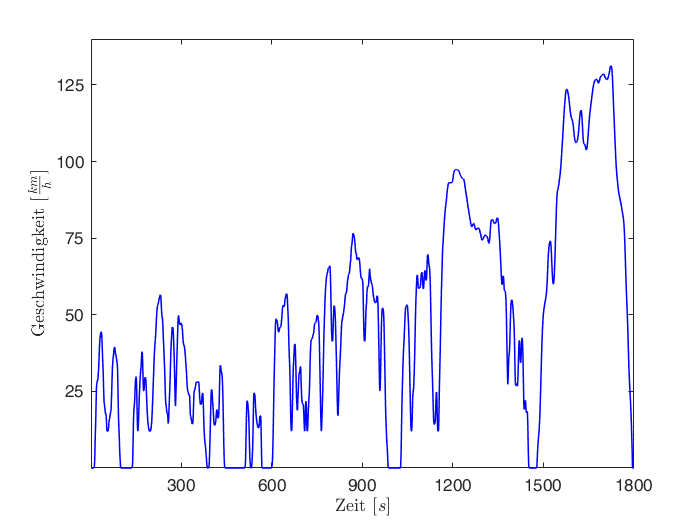opt-E-cert - Optimization for Emission and Certification

To determine the emissions and energy consumption of vehicles, a new standard was introduced in the EU on September 1, 2017 by the United Nations Economic Commission for Europe (UNECE) with the "Worldwide harmonized Light vehicles Test Procedure" (WLTP). The WLTP is gradually replacing the NEDC test procedure previously used in Germany and is intended to provide more realistic consumption and emission values. In the WLTP, it is possible to calculate the consumption and emission values of vehicle configurations on the basis of representative vehicles by forming so-called interpolation families, so that the emission values only have to be measured for these through a defined test cycle (WLTC). This offers the advantage that not every possible vehicle configuration has to be built and tested individually. In particular, the ability to individually configure many vehicles with respect to a large number of features results in an exponentially increasing number of buildable vehicle configurations. The certification of each individual configuration by individual testing would therefore involve considerable effort and considerable costs.
The "opt-E-cert" project pursues the goal of finding optimal vehicle configurations of an interpolation family with regard to consumption and emission values within the framework of the WLTP. Complex multidimensional target criteria are involved. To address this issue, algorithms are to be developed that are to be validated on the basis of prototypes and prepared for implementation in industry-ready individual software.
Partners
The "opt-E-cert" project was funded as part of an R&D cooperation project of the Central Innovation Program for SMEs of the German Federal Ministry of Economic Affairs and Climate Action (BMWK). The partner was the InMediasP GmbH from Hennigsdorf.
